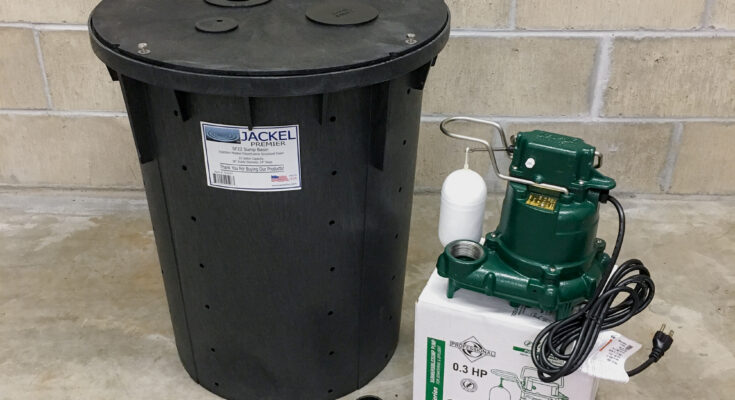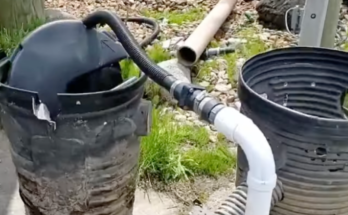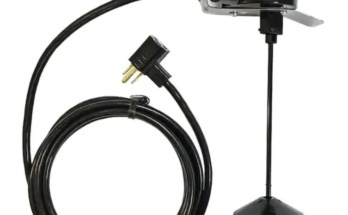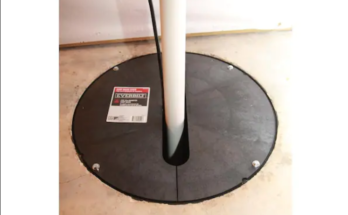You might have heard that sump pump basins are only necessary for homes in flood-prone areas or those with high water tables. However, this couldn’t be further from the truth! Sump pump basins play a crucial role in keeping basements dry and protecting homes from water damage, regardless of the location. In this blog post, we’ll dive deep into the world of sump pump basins, exploring their importance, functions, and how to choose the right one for your home.
What is a Sump Pump Basin?
Let’s start with the basics. A sump pump basins, also known as a sump pit or sump reservoir, is a container installed in the lowest part of a basement or crawl space. Its primary function is to collect groundwater or excess water from rain or melting snow and pump it away from the foundation to prevent flooding.
Importance of Choosing the Right Sump Pump Basin
Now that we understand what a sump pump basin is, let’s talk about why choosing the right one is crucial. The size and material of the basin can significantly impact its effectiveness in keeping your basement dry. A basin that is too small may overflow during heavy rainfall, while a basin made of inferior material may deteriorate over time, leading to leaks and malfunctions.
When selecting a sump pump basin, consider factors such as the size of your basement, the average amount of rainfall in your area, and the type of soil surrounding your home. Additionally, opt for a durable material such as polyethylene or fiberglass to ensure longevity and reliability.
Choosing the right sump pump basin is the first step towards safeguarding your home against basement floods. In the next section, we’ll discuss tips for installing a sump pump basins correctly to maximize its effectiveness. Stay tuned!
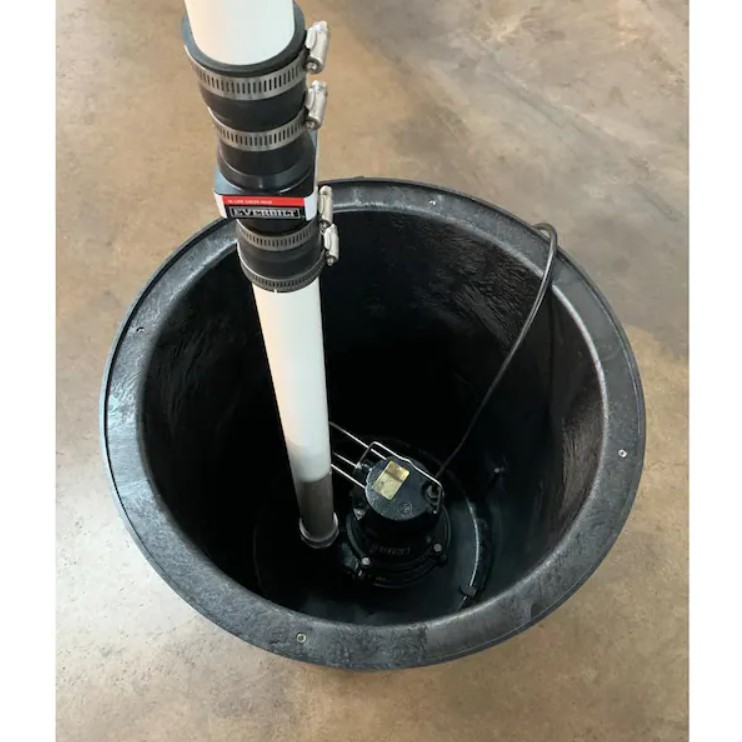
Photo by: homedepot.com
Debunking the Myth: Size Matters When Choosing a Sump Pump Basin
There’s a common misconception that the size of a sump pump basin doesn’t matter much – after all, it’s just collecting water, right? Wrong! The size of your sump pump basin plays a crucial role in its effectiveness in preventing basement floods. In this section, we’ll delve into why choosing the right size sump pump basins is essential and how it can make all the difference in keeping your basement dry.
The Significance of Size
When it comes to sump pump basins, size does indeed matter. A basin that is too small may not have the capacity to handle excess water during heavy rainfall or snowmelt, leading to overflow and potential flooding. On the other hand, a basin that is too large may not activate the pump frequently enough, causing stagnant water to accumulate and potentially leading to issues such as mold and mildew growth.
Matching the Basin to Your Basement
So, how do you determine the right size sump pump for your basement? One crucial factor to consider is the size of your basement and the volume of water it is likely to encounter during periods of heavy precipitation. Larger basements or areas with high water tables may require larger basins to adequately manage water flow and prevent flooding.
Choosing the Right Size for Your Basement
To ensure optimal performance, it’s crucial to match the size of your sump pump to the unique characteristics of your basement. Larger basements or areas with high water tables may require larger basins to adequately manage water flow and prevent flooding. Conversely, smaller basements or those with minimal water infiltration may suffice with a smaller basin.
Pros and Cons of Different Sizes
A larger sump pump basin provides greater capacity to handle significant water influxes during heavy storms, reducing the risk of overflow and subsequent flooding. However, larger basins may require more space for installation and can be more expensive upfront.
On the other hand, a smaller sump pump may be more budget-friendly and require less space for installation. However, it may have limited capacity and may not effectively handle large volumes of water, increasing the risk of overflow and flooding during severe weather events.
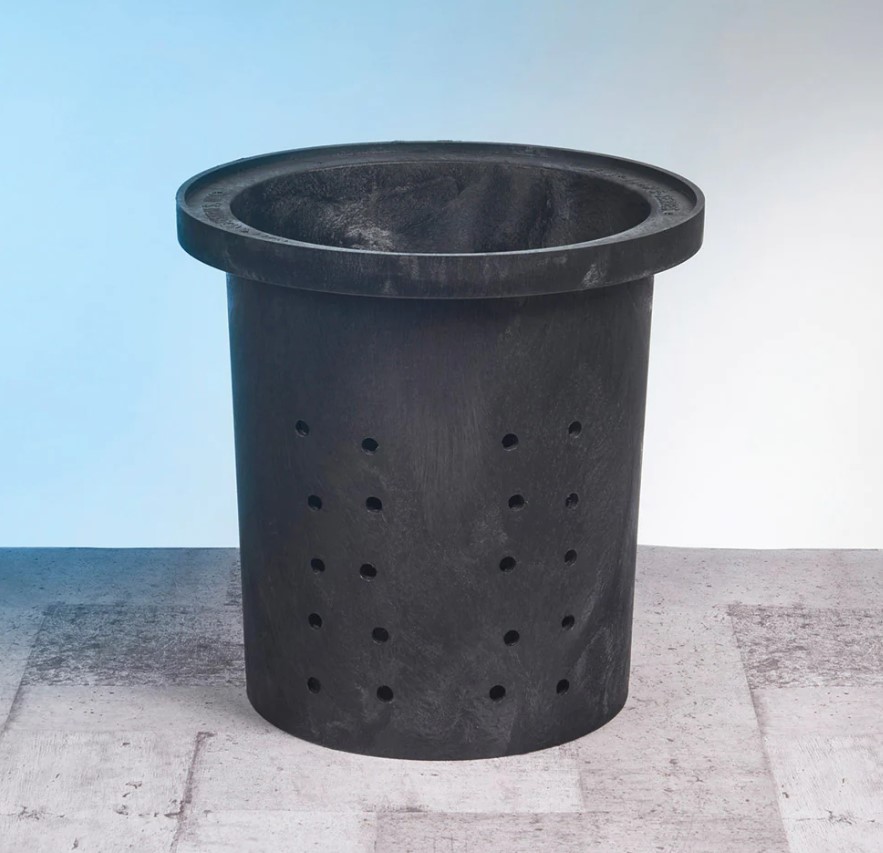
Photo by: yourcrawlspace.com
Verdict: Choosing Wisely
When selecting a sump pump basin, it’s essential to consider the specific needs and characteristics of your basement. Consulting with a professional can help ensure you choose the right size basin for your unique situation. By investing in the appropriate size sump pump, you can enjoy peace of mind knowing that your basement is protected from potential water damage.
FAQs
Q: How do I know what size sump pump basin I need for my basement? A: The size of the sump pump basin you need depends on factors such as the size of your basement, the average amount of rainfall in your area, and the slope of your property. A professional can assess these factors and recommend the appropriate size basin for your specific situation.
Q: What material is best for a sump pump basin? A: Sump pump basins are typically made of durable materials such as polyethylene or fiberglass. These materials are resistant to corrosion and can withstand the demands of regular use. Be sure to choose a basin made of high-quality material to ensure longevity and reliability.
Q: Do I need a backup sump pump with my sump pump basin? A: While not strictly necessary, a backup sump pump can provide an extra layer of protection against basement floods, especially in areas prone to power outages or heavy rainfall. It’s worth considering investing in a backup sump pump for added peace of mind.
Q: How often should I check my sump pump basins? A: It’s a good idea to inspect your sump pump basin regularly, ideally once every few months. Check for any signs of damage or wear and ensure that the pump is operating correctly. Additionally, test the pump by pouring water into the basin to verify that it activates as expected.
Q: Can I install a sump pump basin myself, or do I need professional help? A: While it is possible to install a sump pump basin yourself, it’s often best to enlist the help of a professional. They have the knowledge, experience, and tools necessary to ensure the basin is installed correctly and functions optimally. Hiring a professional can save you time and hassle in the long run.
